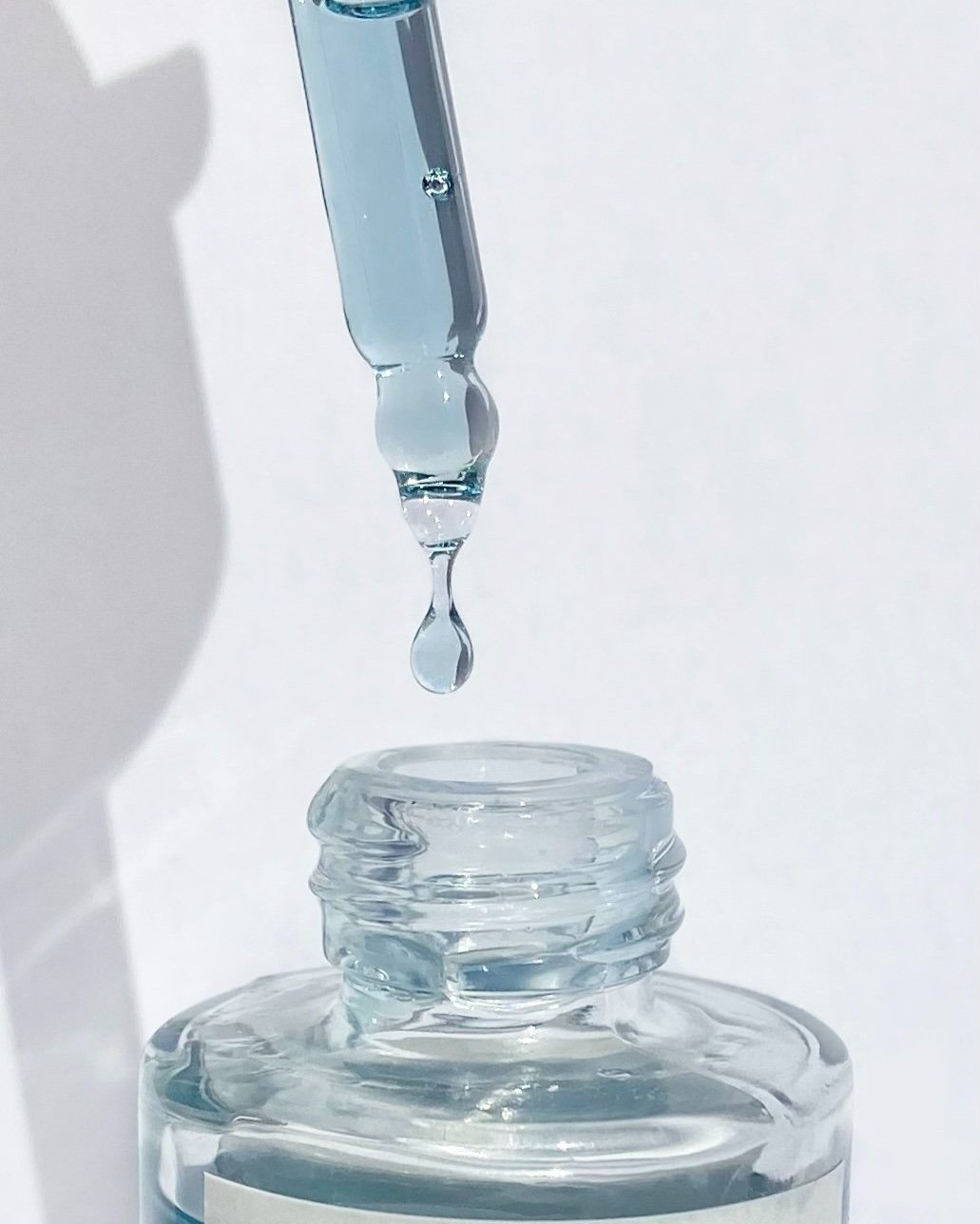A Simple Male Skincare Routine
A skincare routine is a critical part of maintaining the health and appearance of the skin regardless of your gender. Any well-rounded skincare routine includes three steps: cleansing, toning, and moisturizing. And, the most important final step: sunscreen. Never forget sunscreen. Some skincare routines may also include other steps, such as exfoliating and ingredient actives to address specific skincare concerns. These actives can address anything from dark spots to wrinkles.
The basics
Cleansing removes impurities and excess oil from the skin that accumulate throughout the day. Removing this dirt prevents clogged pores and breakouts. Toning helps to restore the skin's natural pH balance. Your skin’s pH can easily be thrown off by a number of environmental factors. When your skin is not at its usual pH, it becomes irritated and dry. Moisturizing helps to keep the skin hydrated and improve its elasticity. Hydrated skin (think a grape versus a raisin) has a younger-looking appearance with fewer fine lines and wrinkles.
In addition to these elementary steps, it is also important to use products with antioxidants and sun protection. To, you know, protect the skin from environmental stressors, such as pollution and UV rays. The environment can cause premature aging and other skin problems if not properly addressed.
A simple skincare routine for men (and anyone) can go a long way in helping to maintain healthy, radiant skin.
Here's how to create a simple male skincare routine for the best skin you’ve ever had.
Cleanse your skin regularly. Ideally, twice a day, but at least once a day before you go to sleep. The first step in any skincare routine is to clean your skin. you’re trying to remove the dirt, oil, and sweat that can clog pores, and clogged pores usually lead to breakouts. Hot water can strip your skin of its natural moisture, so use lukewarm or room-temperature water instead. For the product, look for a gentle, non-foaming cleanser to keep those natural oils on your face, too harsh a cleanser can also strip the skin. Overall, cleansing your face should take less than 30 seconds, easy. When you’re done, pat (don’t rub) your face dry with a clean towel.
Exfoliate your skin once or twice a week. Exfoliation removes the dead skin cells that accumulate on the surface of your skin, leading to a dull, uneven complexion. Look for an exfoliator that contains small, round beads or granules, as these are less likely to irritate your skin unless you aggressively are rubbing the product into your face. These exfoliators are called “physical exfoliators.” Avoid using an exfoliator with large, jagged particles, as these can scratch your skin and cause irritation or micro-tears in the face.
Moisturize your skin daily. Moisturizing your skin helps to keep it hydrated, preventing dryness and flakiness. Reach for a moisturizer that is formulated for your specific skin type (oily, dry, combination, or normal), this will ensure your face is getting the moisture it needs. For example, if you have oily or acne-prone skin, opt for a lightweight, oil-free moisturizer that won't clog pores. A good moisturizing product should contain ingredients like glycerin, hyaluronic acid, or ceramides, which help to lock in moisture for all-day hydration.
Use eye cream. The skin around your eyes is thin and delicate, so it's important to take special care of this area. If you have certain concerns about your under eyes, look for an eye cream that is formulated to address those specific concerns. You may be worried about your dark circles, puffiness, or fine lines, just to name a few common concerns. Apply a small amount of eye cream around your eye area using your ring finger, as this finger is the weakest and will be gentlest on your skin up to twice a day.
Protect your skin from the sun. Wearing sunscreen is a non-negotiable step in any routine. You need to protect your skin from the damaging effects of the sun, without sunscreen the rest of your routine and skin goals are bound to never happen. Look for a broad-spectrum sunscreen with an SPF of at least 30 that provides protection against both UVA and UVB rays. Apply sunscreen to your face and neck every morning, and re-apply every two hours if you're spending extended periods of time outdoors.
Use a toner. A toner is used to rebalance the pH of your skin and remove any remaining small particles of dirt or oil that your cleanser might have missed. Always reach for a toner that is formulated for your skin type for the best results. Some of the more popular toner ingredients include ingredients like glycerin or aloe vera to help moisturize your skin. Apply a small amount of toner to a cotton pad and slowly wipe or pat it over your face and neck after cleansing.
Shave properly. Shaving can be one of the harshest activities for the skin because the skin is particularly vulnerable after shaving especially when not properly cared for after. This is because shaving strips the skin of its natural oils, which can lead to dryness and irritation. Shaving can also cause micro-abrasions on the skin, which can create pathways for bacteria and other impurities to enter the skin, leading to inflammation and other skin problems. A proper skincare routine around shaving can make a dramatic difference in the visible skin.
To make matters worse, men's skin is generally thicker and oilier than women's skin, which can make it more prone to irritation and other skin problems.
This is why it is so crucial for men to follow a skincare routine that is specifically for their unique skin type, and to use products that are formulated to help soothe and hydrate the skin after shaving to mitigate any damage they might have caused.
By taking care of their skin after shaving, men can help to prevent irritation, dryness, and other skin problems, maintaining healthy and well-moisturized skin.
How to shave and support your skin:
Use a quality shave cream or gel: A high-quality shave cream or gel soaks into your facial hairs, softening them and creating a protective barrier between the skin and the razor. This reduces the risk of irritation and cuts. No one wants to cut their face shaving!
Use a sharp razor: A sharp razor minimizes the risk of irritation and cuts as well. The most dangerous blade is a dull one so remember to rotate your razor blades frequently. A sharp razor will also provide a closer, more comfortable shave. Some people prefer razors with a lubricating strip, this adds another protective measure against potentially nicking yourself.
Rinse with cold water: After shaving, rinse your face with cold water to close your pores up.
Use a moisturizer: After shaving, it’s important to use a moisturizer to soothe and rehydrate the skin. A good moisturizer includes ingredients like aloe vera or other soothing extracts to help calm the most likely partially irritated and red skin.
Use sunscreen: As mentioned above, this step should NEVER be skipped. That’s why it’s been included twice. Wear your sunscreen and re-apply!






